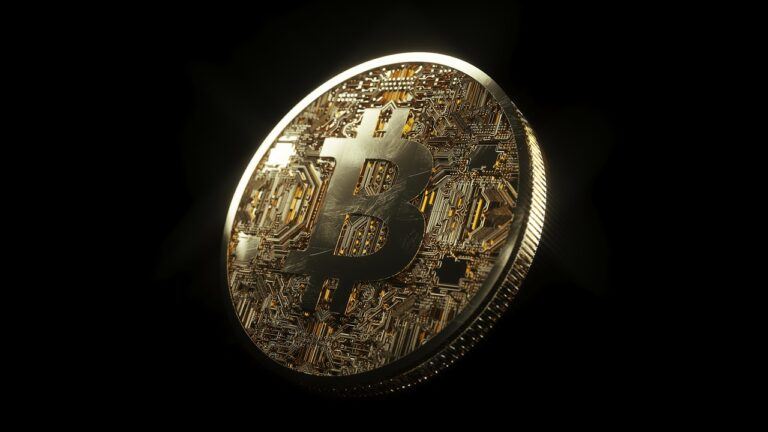On March 5, 2024, Mike Bucella, the managing partner at Neoclassic Capital and former Goldman Sachs trader, shared his profound insights on CNBC’s “Power Lunch.” The conversation revolved around the ongoing Bitcoin surge and the broader state of cryptocurrency. Here’s a detailed analysis based on everything Bucella articulated during the segment.
The Unchanging Nature of Bitcoin
Bucella started by highlighting an often-overlooked aspect of Bitcoin’s allure: its constancy. Despite the volatile world around it, Bitcoin remains unchanged from its inception. Bucella suggests that the essence of investing in Bitcoin is not just purchasing the cryptocurrency but also a critique of global financial systems’ inefficacies. It’s a bet against the ability of central banks to manage economic landscapes effectively in the coming decades. This perspective frames Bitcoin as both a safe haven and a speculative asset, with its value deriving from an intrinsic worth plus the speculation surrounding it.
Bucella stated:
“Bitcoin hasn’t changed at all. Bitcoin has stayed exactly the same from day one; the world around it has changed quite a bit … People aren’t necessarily buying Bitcoin; they’re selling things that aren’t working anymore … It’s a bit on central banks’ ability to land the economy.“
The Inflow of Institutional Money
One of the significant shifts in the cryptocurrency landscape, according to Bucella, is the credentialing and financialization of Bitcoin as part of optimal portfolio strategies. He noted a particular surge in interest from institutional clients following the approval of spot ETFs. Bellsa says this change marks a pivotal moment in the acceptance and integration of Bitcoin into the traditional financial ecosystem, highlighting Monday as the largest inbound day ever from institutional clients. He believes that the narrative around Bitcoin has evolved from its association with black-market activities to a credible, investable asset class.
The Spot ETF Effect and Beyond
Bucella discussed the impact of spot Bitcoin ETF flows, describing them as the story of the last six months. He anticipates another wave of interest once major wirehouses and asset managers clear these ETFs for their clients. Furthermore, the conversation touched upon the ‘halving’ event, a pre-programmed reduction in Bitcoin’s new supply that creates scarcity and potentially drives up its price. Bucella sees this as a market-making event that will naturally tighten the supply, further fueling Bitcoin’s value.
Power Usage and Environmental Concerns
Addressing the environmental concerns associated with Bitcoin mining, Bucella pointed out the cryptocurrency’s role in the transition to clean energy. He highlighted the industry’s move towards using stranded energy and scalable alternative energy sources, such as hydro and nuclear power, for Bitcoin mining. This shift towards cleaner energy sources for mining operations reflects the broader tech industry’s search for sustainable power solutions, particularly as AI applications increase energy demands.
The Future of Bitcoin Mining
In the face of reducing supply and the consequent decrease in mining revenue, Bucella argues that low-cost miners will navigate through their distress cycles more successfully. He expects to see these miners to emerge stronger, potentially acquiring or scaling profitably if they leverage scalable mining sources. According to Bucella, this scenario creates a unique investment opportunity in the sector, where hedge funds have historically sought alpha.
Featured Image via Pixabay









